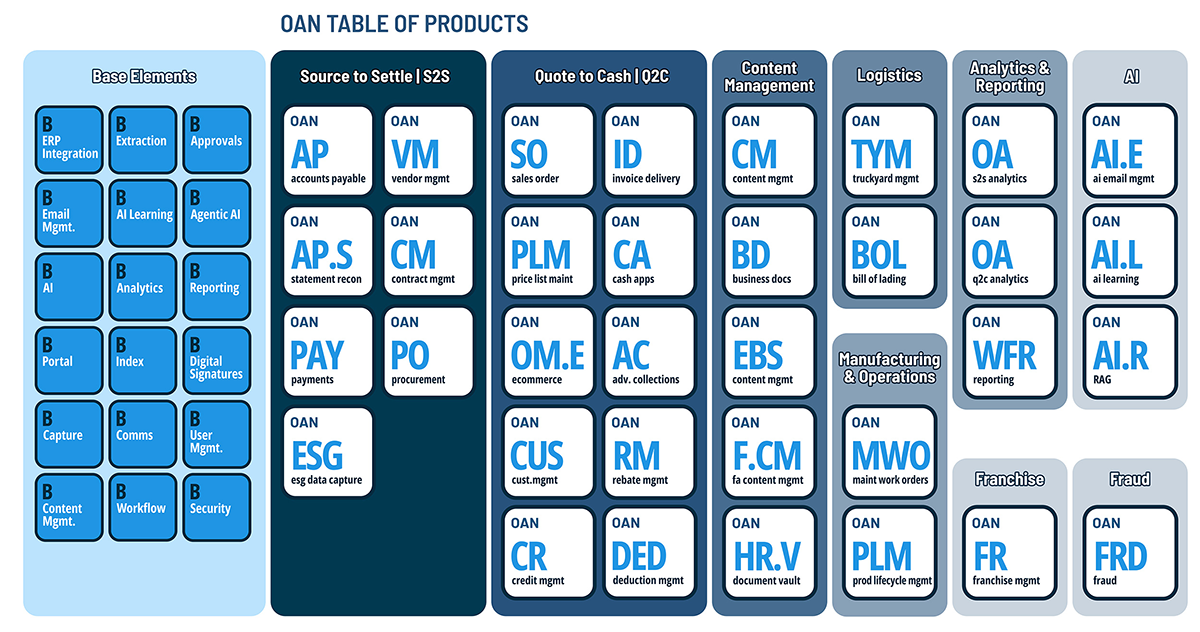In today’s finance environment, the speed and accuracy of decisions depend on more than just access to data—they rely on access to the correct data at the right time, by the right people. Traditional reporting models, where finance teams serve as gatekeepers to information, are being outpaced by business needs that demand agility, transparency, and speed.
Self-service analytics tools are revolutionizing the way we work. By putting curated, governed data into the hands of cross-functional teams, CFOs are transforming finance from a bottleneck into a strategic enabler. This shift doesn’t just make reporting easier—it accelerates business insight, enhances operational alignment, and supports a culture of accountability across the enterprise.
The Problem With Legacy Data Access Models
In many organizations, financial and operational data still live in silos—accessible only through complex queries, static spreadsheets, or time-consuming requests to IT or finance analysts. This approach creates several downstream issues:
- Bottlenecks in decision-making: When every data request flows through the finance team, response times lag, and agility suffers.
- Version control chaos: With static reports being shared and re-shared, businesses often find themselves working off outdated or conflicting numbers.
- Limited visibility: Executives and managers can’t drill into specifics without going back to finance, stalling exploration and insight discovery.
- Shadow analytics: When access is too limited, departments may develop their own spreadsheets or systems, increasing risk and undermining data governance.
The result is a fragmented decision-making ecosystem that’s reactive rather than strategic.
Why Self-Service Tools Are Gaining Traction in Finance
Self-service analytics platforms are specifically designed to address these challenges. These tools integrate with enterprise data sources (including ERP, CRM, procurement, and HR systems) and make curated, real-time insights available to non-technical users—without compromising security or control.
For finance leaders, this shift enables:
- Faster insights: Budget owners can monitor KPIs and drill into anomalies on their own, reducing dependency on finance teams for ad hoc reporting.
- More informed forecasting: Real-time access to cash flow, spending patterns, and customer trends helps business units participate in forward-looking planning.
- Data democratization with control: Finance maintains governance and consistency through role-based access and prebuilt dashboards while empowering others to explore approved datasets.
- Increased productivity: With fewer time-consuming report requests, finance can focus on value-added analysis and strategic planning.
This isn’t just a technology shift—it’s an operational one. It repositions finance as an enabler of insight, not a barrier to it.
Use Cases: How Finance Teams Are Leveraging Self-Service Analytics
Finance organizations are deploying self-service analytics in several high-impact areas:
- Budget variance tracking: Department heads can track budget vs. actuals in real-time, identify overspending early, and course-correct without waiting on monthly close cycles.
- Cash flow visualization: Treasurers and CFOs gain live dashboards of inflows, outflows, and liquidity scenarios based on multiple business drivers.
- Procurement intelligence: Category managers and sourcing teams can monitor supplier spend, identify contract leakage, and flag non-compliant purchasing behaviors.
- Headcount and compensation analysis: HR and finance collaborate to analyze labor costs, attrition, and workforce planning from shared data models.
- Scenario planning: Self-service tools enable users to run what-if scenarios on key metrics without altering the source data, supporting risk mitigation and strategic flexibility.
Best Practices for Implementing Self-Service in Finance
To successfully adopt self-service analytics, CFOs and their teams must navigate several challenges—chief among them, data trust and governance. Here’s how leading organizations are approaching the rollout:
- Start with clean data foundations: Ensure finance and operational data is well-integrated, reconciled, and governed. The value of self-service hinges on reliable information.
- Define clear roles and permissions: Not everyone needs access to every data point. Establish tiered access levels that strike a balance between transparency and security.
- Invest in training: Empower users with the skills to interpret dashboards and KPIs accurately. Poor data literacy can lead to poor decisions.
- Align on metrics and definitions: Establish shared definitions for key terms, such as “gross margin,” “active customer,” and “booked revenue.” Consistency is key.
- Monitor usage and iterate: Track how users engage with self-service tools. Are they making better decisions? Is it saving time? Adjust based on real outcomes.
The Strategic Role of Finance in Enabling Self-Service
While IT may own the infrastructure, finance should lead the charge in defining and promoting self-service tools that support enterprise performance. This includes:
- Championing cross-functional visibility into financial and operational data.
- Driving consistency in key performance indicators and metrics.
- Serving as data stewards who ensure that users understand not just how to access data, but why it matters.
Self-service doesn’t mean the end of finance’s oversight. It means redefining that oversight to promote empowerment, not restriction.
Moving Forward: From Gatekeepers to Guides
Self-service analytics is not a trend—it’s a new standard for high-performing finance organizations. As business demands become more real-time and decentralized, CFOs must lead the charge in transforming how data is accessed and used across the enterprise.
By investing in tools and practices that empower users while upholding governance, finance teams can shift from data gatekeepers to data guides—helping their organizations move faster, plan smarter, and compete more effectively.
Enabling a Data-Driven Culture With oAppsNET
At oAppsNET, we understand that the future of finance isn’t just digital—it’s distributed. Our solutions support finance transformation initiatives that include robust data governance, workflow automation, and business-user enablement. Whether you’re modernizing your ERP or building custom reporting layers, oAppsNET helps organizations unlock the power of their financial data with flexible, scalable tools designed to empower.

